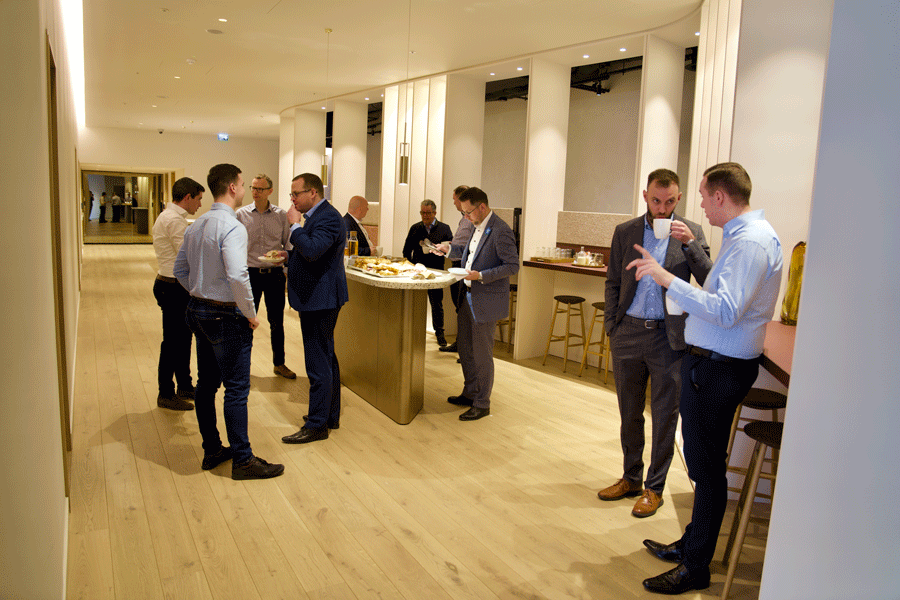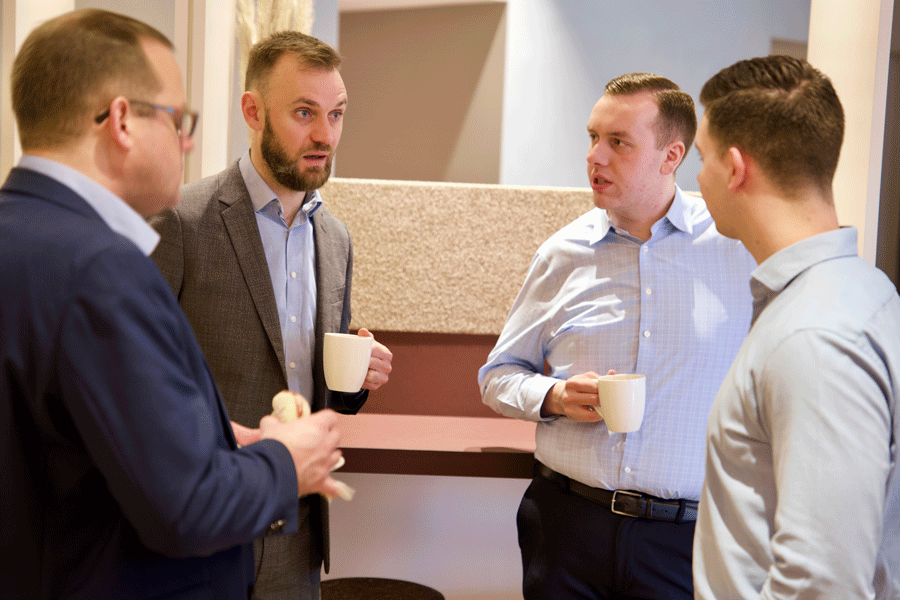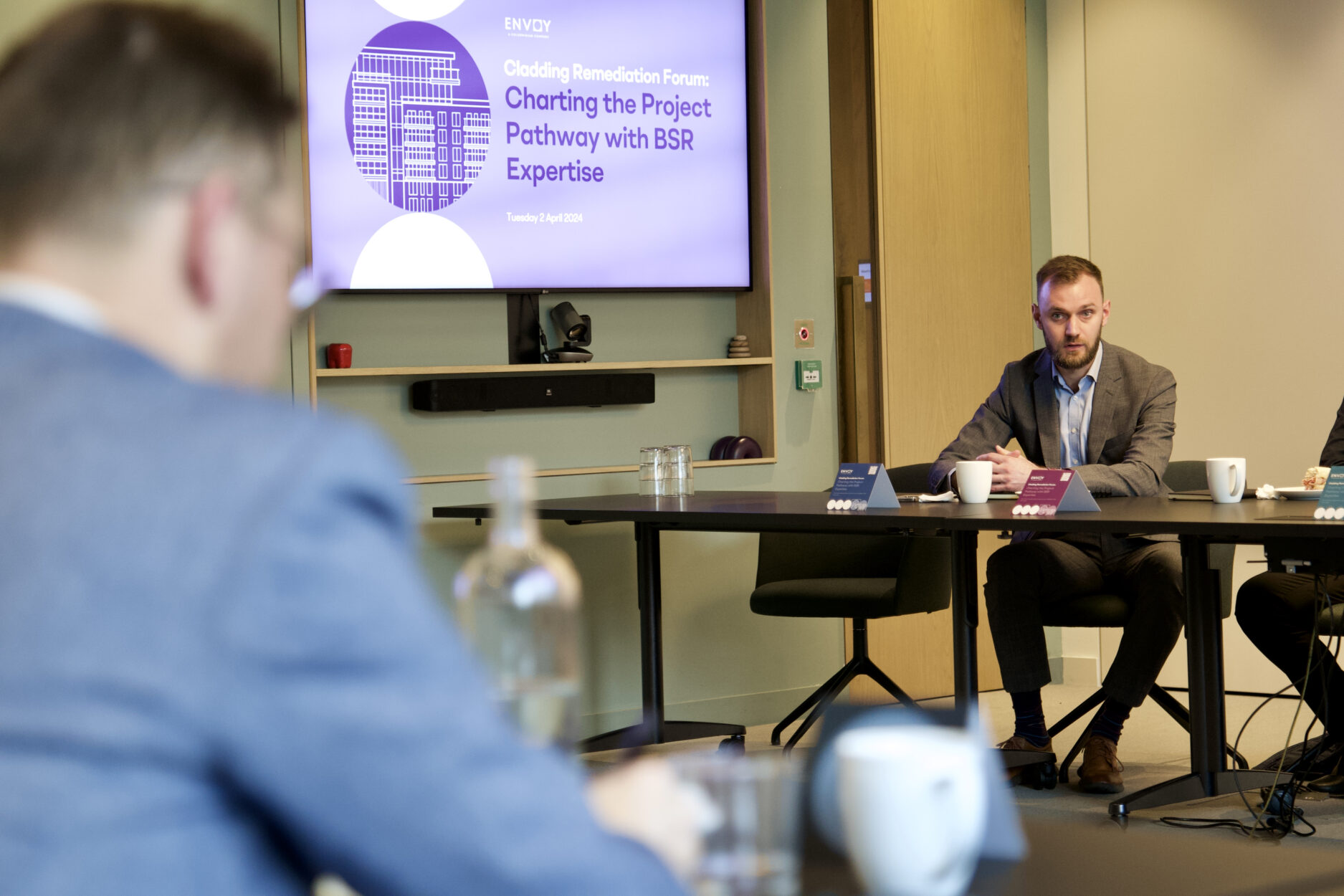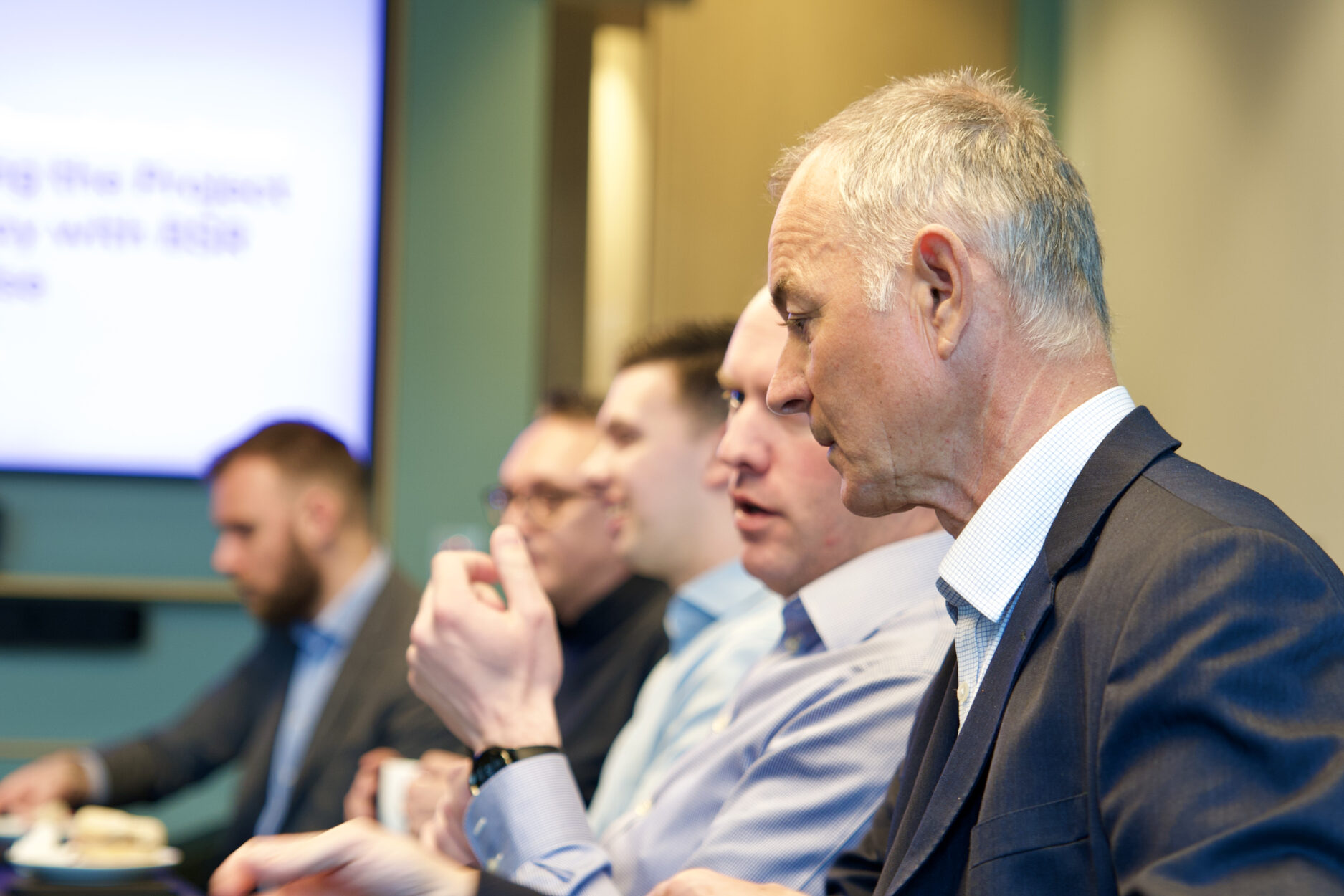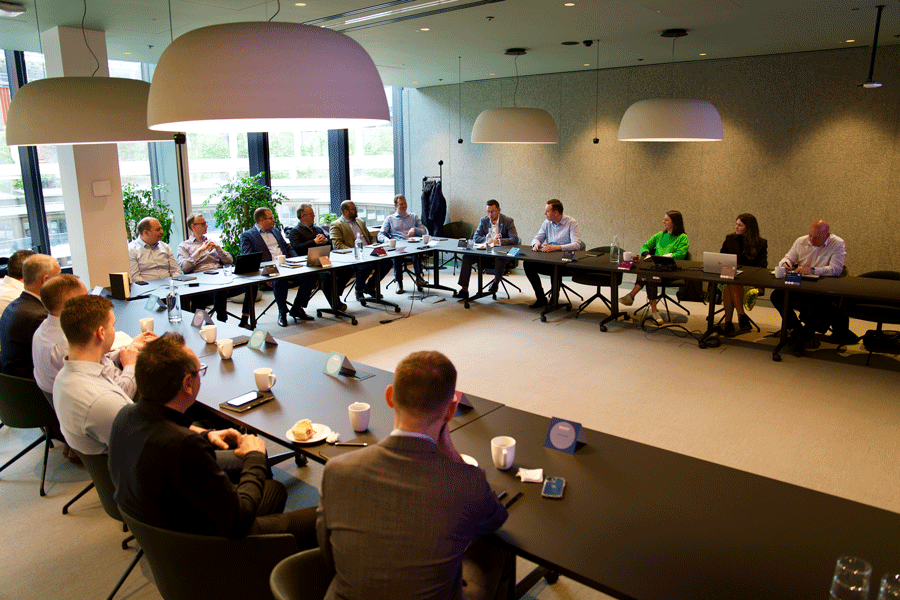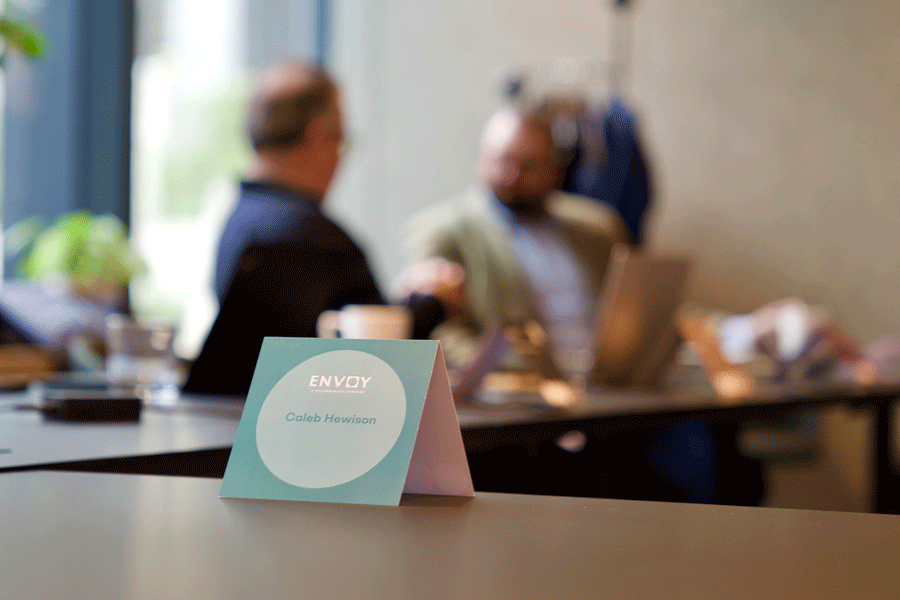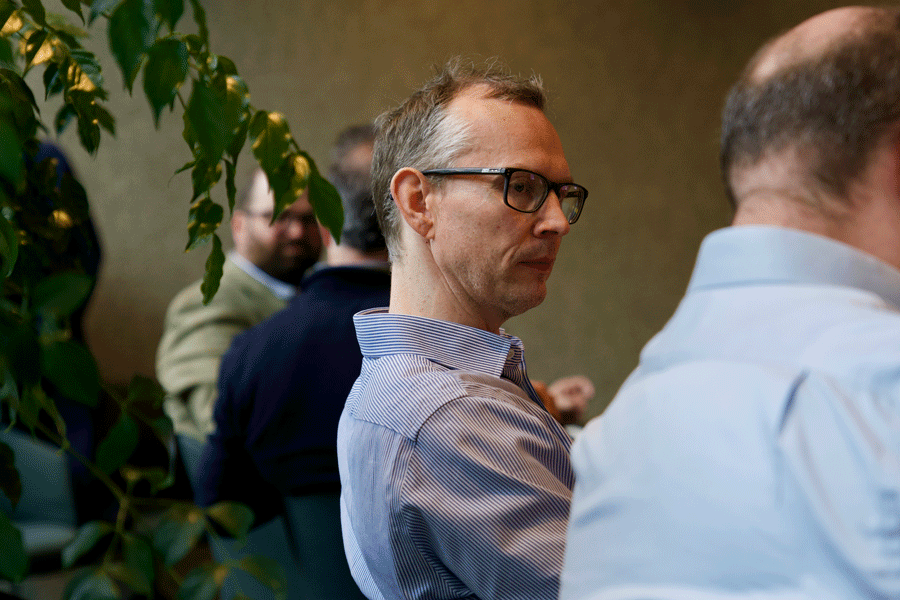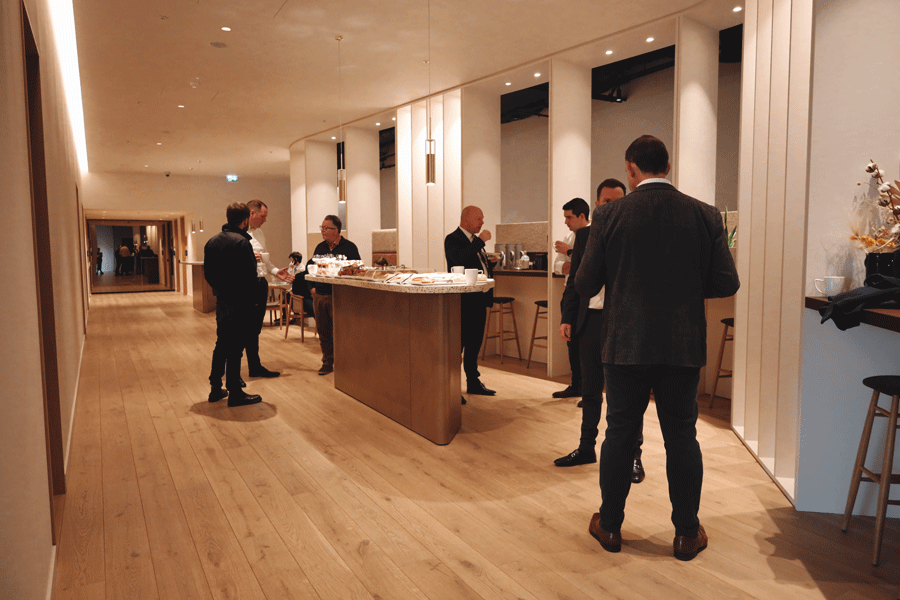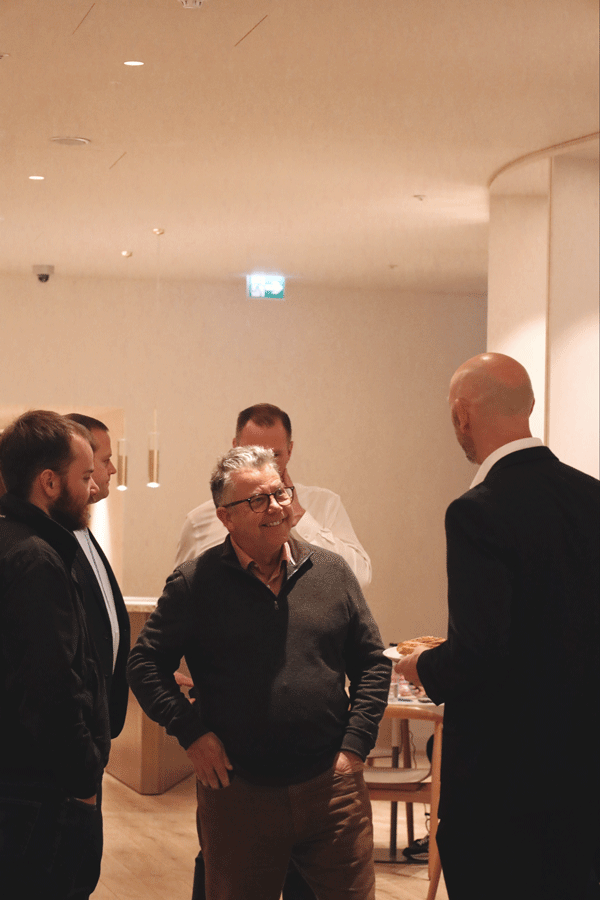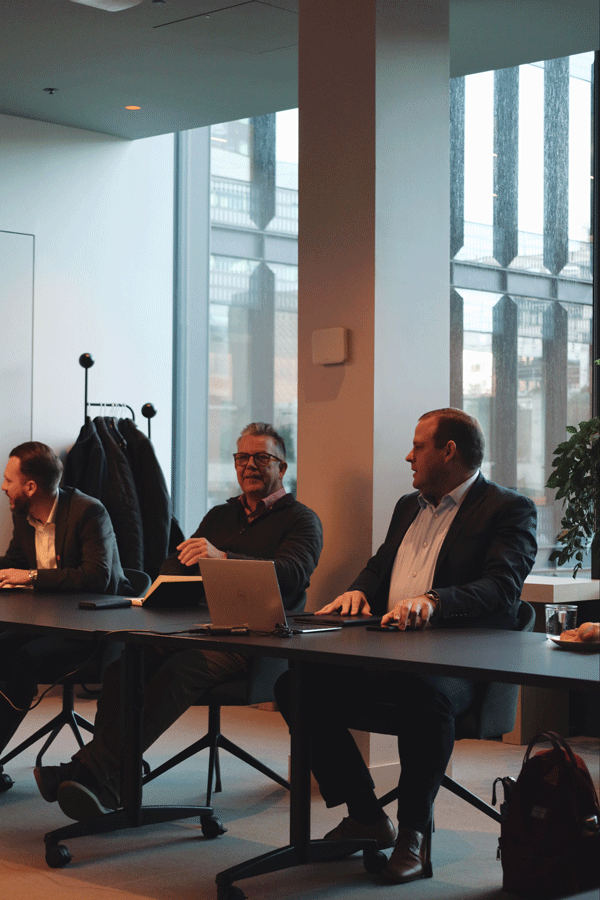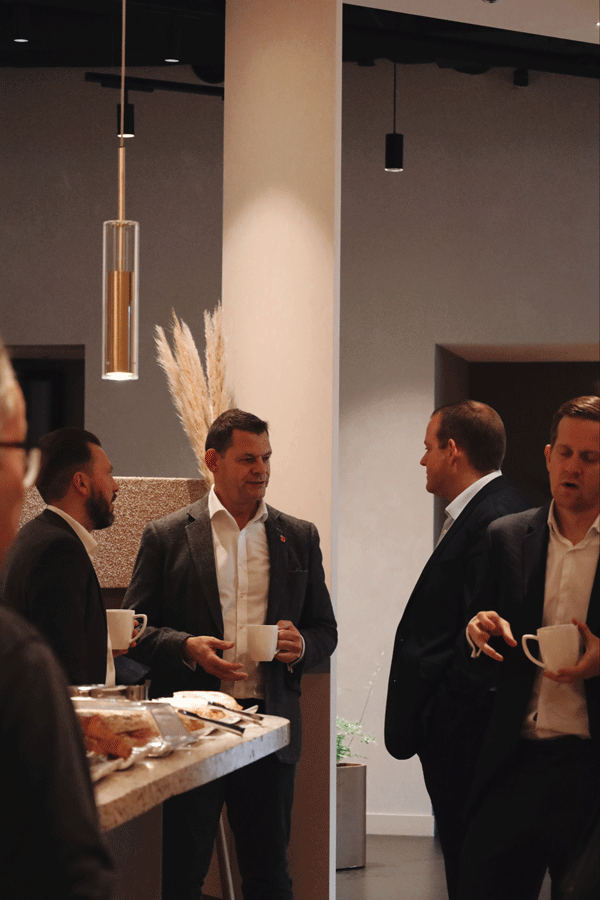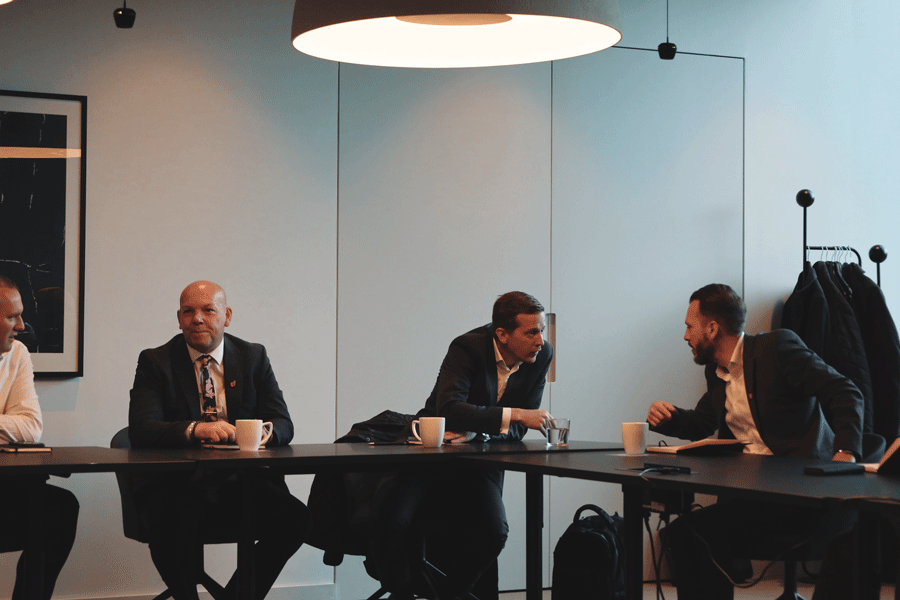It was great to host another Roundtable event last Tuesday, and have the opportunity to network and collaborate with like-minded persons across the remediation industry. We explored ways to better support Freeholders, Managing Agents and Project Administrators in delivering safe and secure living environments for residents, with a focus around Charting the Project Pathway with BSR Expertise.
Here are some key takeaways from the event:
- Clarification on Building Regulations: Emphasized that there are no alterations to the regulations themselves; rather, a procedural adjustment is in place.
- Client-Side Support’s Role: Highlighted the invaluable contribution of client-side support representatives in resolving challenges related to BSF applications. Having representatives from various disciplines within the remediation process provided a comprehensive overview of existing procedures and market opportunities.
- Expectations of Information Quality: Discussed the importance of meeting the expectations of both BSR and client-side support teams regarding the level and quality of information submitted for BSF and BSR applications for a seamless progression and avoiding any delays.
- Key Requirements for BSR: Identified essential requirements for BSR, particularly emphasizing the significance of a comprehensive construction control plan and building control report. The inclusion of a narrative to justify decision-making processes was highlighted as crucial for reassuring the BSR.
- Clarification on Emergency Works Procedures: Discussed the two primary criteria used to assess emergency works, which are:
- Emergency Nature: This criterion evaluates whether the situation constitutes an emergency, such as a burst pipe or gas leak, where immediate action is necessary to prevent harm or damage.
- Practicality of Waiting: Explored whether waiting for standard procedures is practical in the given emergency scenario. For instance, a burst pipe is typically deemed impractical to wait for due to the potential for extensive damage if not addressed promptly.
- Dispelling Myths: There hasn’t been a change to the building regulations! Stressing the procedural changes for approval and the importance of thorough applications over rushing on-site.
- BSA PD Role: Highlighted the importance of authority figures taking on the PD role and the recommendation for Building Control experience in applications.
- BSR Review Costs: Discussed the fee structure covering BSR and team time, as well as the inability to accurately forecast review time due to insufficient benchmark data.
In conclusion, the Envoy Roundtable Event provided a valuable space for industry professionals to collaboratively address challenges, share insights, and pave the way for safer and more efficient building processes. Make sure you don’t miss out on our upcoming roundtable events by subscribing to our newsletter.
